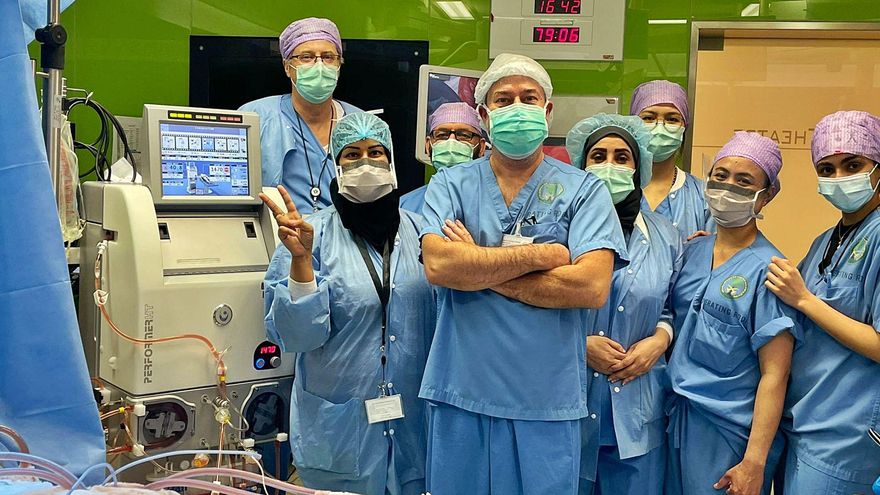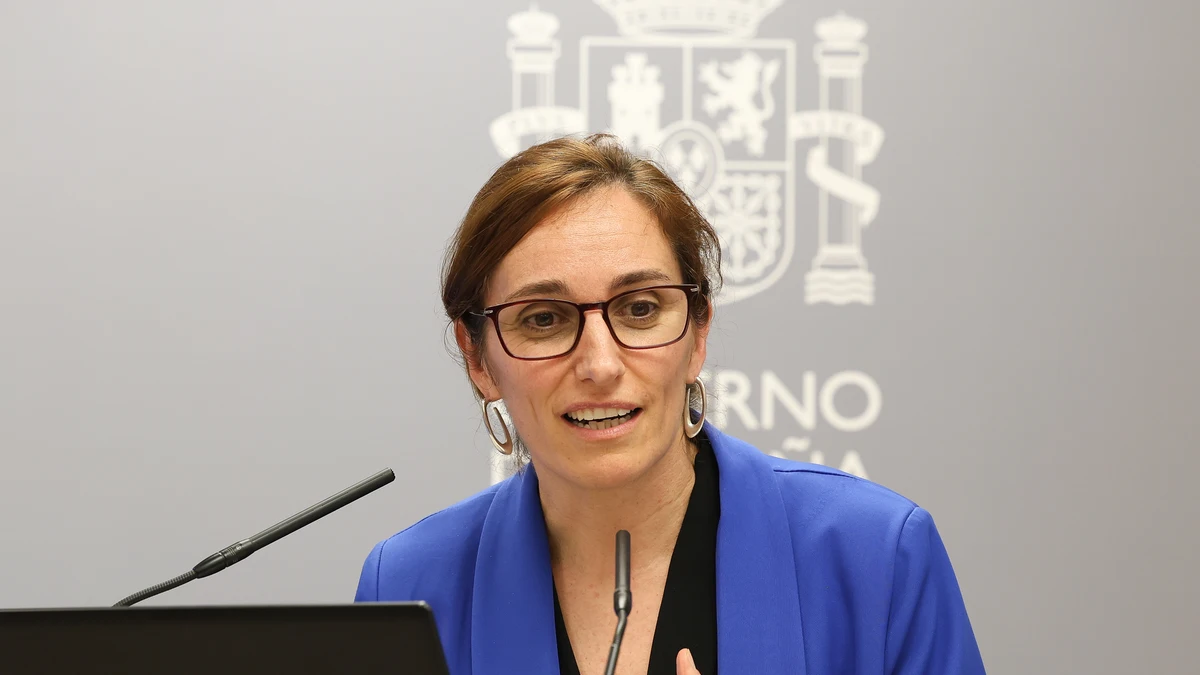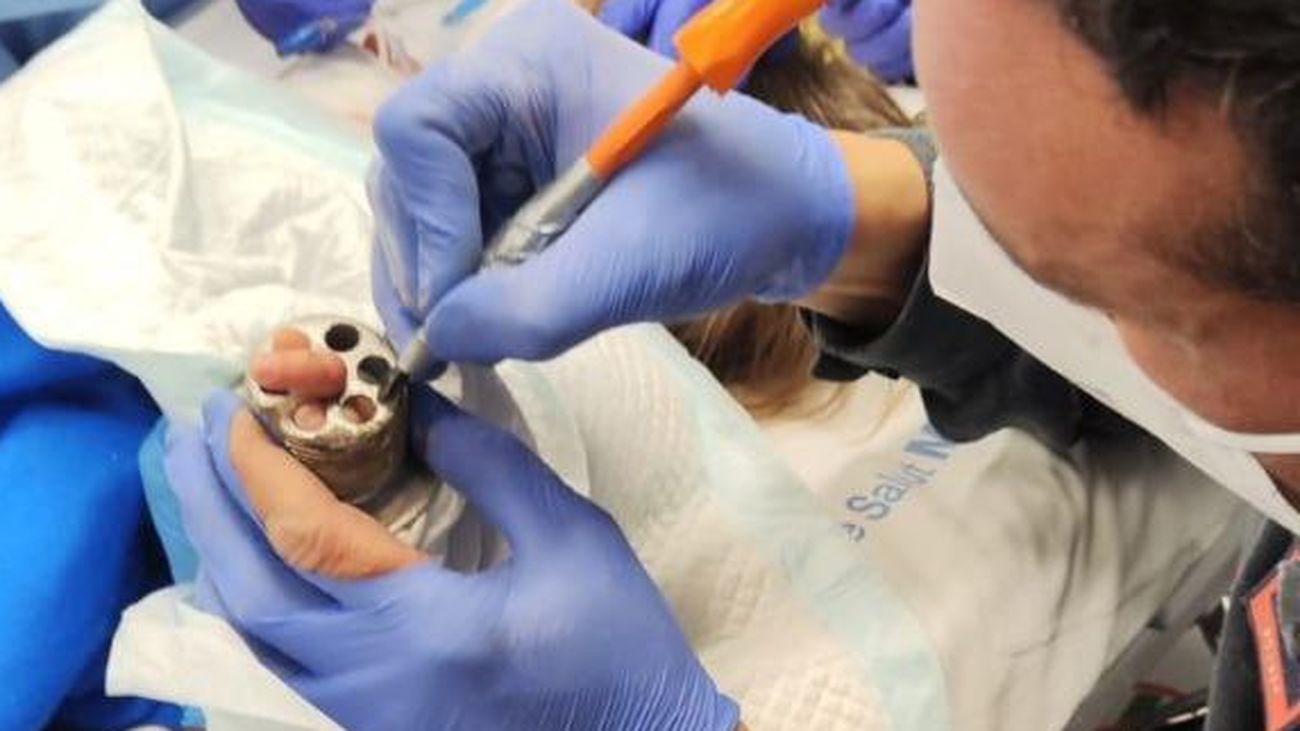A canary applies an effective technique for pleural cancer in Saudi Arabia

The pleura is a membrane that lines the lungs and the thoracic cavity and, according to the doctor, is very rich in blood vessels, which is why it is common for tumors to metastasize from other organs. “To address neoplasms, we have launched a program that is based on debulking surgery and that makes it possible to remove as much of the tumor mass as possible. Normally, you have to do a pleurectomy - remove part of the pleura - but sometimes it is necessary to also remove the diaphragm and reconstruct it or even the pericardium ”, points out the surgeon.
Subsequently, intrathoracic chemotherapy is administered. «We put four tubes. Two of them carry chemotherapy into the pleura, as it is supplied through a pump, which is the one that injects it and warms it at temperatures that range between 41 and 43 degrees Celsius, which alters cell membranes. , especially those of malignant cells. The normal ones, on the other hand, can withstand higher temperatures », he details. This effect makes the drugs penetrate more easily.
The other two tubes are in charge of extracting the liquid, in such a way that a heating circuit, inlet and outlet, can be maintained for approximately 90 minutes. "We also put two thermometers inside the pleural cavity that constantly monitor the temperature at which chemotherapy enters and leaves," he adds.
These treatments try to improve the quality of life of those affected, but to enhance their benefits, they can be combined with intravenous chemotherapy. In fact, patients usually receive four cycles of the latter first and then go on to surgery and, from there, access intrathoracic chemotherapy. “The next step is to continue with radiation therapy, although it is increasingly common to resort to personalized or gene-targeted treatments. All this is forming a conglomerate of therapies that, until now, were not being used for this class of diseases and that are giving good results, "says the expert, who also warns that, despite the fact that a new hopeful path is being opened for those affected, "research is still needed."
The doctor believes that the Islands have the necessary requirements to implement the therapy
So far, eight patients have been treated, as the selection criteria are quite strict. «They must be people under 70 years of age who have a good nutritional status. It must be taken into account that, in the case of patients who have oncological diseases of this type, it is difficult to meet these requirements ", says the specialist. In addition, the technique is fundamentally aimed at people who have primary tumors in the pleura, such as mesotheliomas, which are very aggressive, but it is also suitable for cancers that affect the membrane and that originate in other organs such as lungs, breasts, or ovaries.
However, the King Faisal Specialist Hospital and Research Center has launched a trial with young people who have involvement of the pleura as a result of sarcoma, a tumor that originates in the bones and soft tissues. "When we finish, it will be very important to evaluate the long-term results," says the doctor from Gran Canaria.
In the opinion of Dr. Santana, the Canary Islands is an ideal place to implant hyperthermic intrathoracic chemotherapy, since its management only requires having specialized centers, thoracic surgeons interested in performing the technique and oncology teams willing to collaborate in the treatments. "The Islands have very well-prepared hospitals and excellent professionals work there, so I think it wouldn't be complicated," he says.
Patients must be under 70 years of age and have good nutritional status
It should be noted that, as Santana assures, it is not a new technique. In reality, more than two decades have passed since its birth, but there have not been too many clinical trials that contribute to show its great benefits. “Despite the fact that a long time has passed, she is still a great unknown. Fortunately, it seems that every day a little more progress is being made in this area and, from my own experience, I can say that it is a safe treatment capable of improving survival, ”he stresses.
Patients suffering from malignant neoplasms in the pleura have a very short life expectancy and, depending on the treatments and the tumor they suffer, survival can be between three and 18 months. “Unfortunately, they are more frequent pathologies than is believed. In Spain the exact number of affected is unknown, but in the United States it is estimated that more than 150,000 cases are detected each year, "says the health worker.
Aware that cure is not yet possible, the doctor is blunt in saying that "false hope" cannot be offered, so it is essential to explain to patients that treatment is designed to prolong their survival. “We know that we are not going to cure any patient, but we can extend their life expectancy. Therefore, it is necessary that they understand what the therapy consists of, "he says.
A developing program
The Hyperthermic Intraperitoneal Chemotherapy (Hipec) program was introduced at King Faisal Hospital by Dr. Tarek Amin, who taught the technique to surgeon Norberto Santana. "When I acquired the knowledge, I implemented a new program of debulking surgery combined with hyperthermic intrathoracic chemotherapy," explains the Gran Canaria doctor. “What we want is for the program to grow. This week I have treated two patients with mesothelioma and another with sarcoma and there have been no complications, "he adds. | LP / DLP











